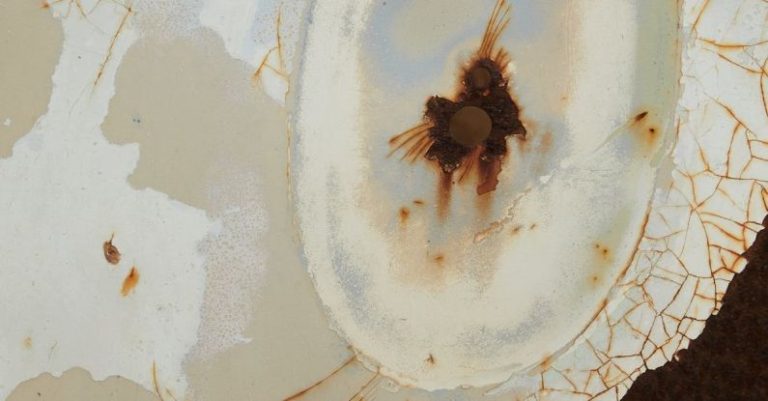Composite Solutions for Enhanced Building Ventilation Systems
In the quest for more efficient and sustainable building designs, the importance of enhanced ventilation systems cannot be understated. Proper ventilation is crucial for maintaining indoor air quality, regulating temperature, and reducing energy consumption. As technology continues to advance, composite solutions are emerging as a game-changer in the realm of building ventilation systems. These innovative materials offer a range of benefits that can significantly improve the performance and effectiveness of ventilation systems in buildings of all types.
The Role of Ventilation Systems in Buildings
Before diving into the specifics of composite solutions, it is essential to understand the critical role that ventilation systems play in buildings. Ventilation is the process of exchanging indoor air with outdoor air to ensure a healthy and comfortable indoor environment. In addition to regulating air quality and temperature, ventilation systems also help control humidity levels, remove odors, and prevent the buildup of harmful pollutants.
Traditionally, ventilation systems have relied on conventional materials such as metal ductwork and rigid insulation. While these materials have been effective to some extent, they come with limitations in terms of durability, energy efficiency, and design flexibility. This is where composite solutions come into play, offering a more sustainable and versatile alternative for building ventilation systems.
Benefits of Composite Solutions
Composite solutions, which are typically made from a combination of different materials such as fiberglass, carbon fiber, and resin, offer a host of advantages over traditional materials. One of the key benefits of composites is their lightweight nature, which makes them easier to install and transport compared to heavier materials like metal. This can result in cost savings and reduced labor time during the construction of ventilation systems.
In addition to being lightweight, composite materials are also highly durable and resistant to corrosion, making them ideal for use in ventilation systems that are exposed to harsh environmental conditions. The strength and flexibility of composites allow for innovative design possibilities, such as intricate shapes and configurations that can optimize airflow and improve overall system performance.
Moreover, composites have excellent thermal insulation properties, which can help reduce heat loss and improve energy efficiency in buildings. By minimizing thermal bridging and air leakage, composite solutions can contribute to lower energy consumption and operational costs over the long term. This is particularly important in today’s environmentally conscious world, where sustainable building practices are becoming increasingly important.
Integration of Composite Solutions in Ventilation Systems
When it comes to integrating composite solutions into building ventilation systems, there are several key considerations to keep in mind. One of the primary factors to consider is the compatibility of composite materials with other system components, such as fans, dampers, and filters. It is essential to ensure that all elements work together seamlessly to achieve optimal performance and efficiency.
Another important aspect to consider is the design and layout of the ventilation system. Composite materials offer a high degree of design flexibility, allowing for customized solutions that can be tailored to the specific needs of a building. Whether it is a complex ductwork system or a simple air intake grille, composites can be molded and shaped to fit virtually any design requirement.
In addition to design flexibility, composite solutions also offer ease of maintenance and cleaning, thanks to their smooth surfaces and resistance to corrosion and microbial growth. This can help prolong the lifespan of ventilation systems and reduce the need for frequent repairs and replacements, ultimately saving time and money for building owners and operators.
Future Outlook and Adoption of Composite Solutions
As the construction industry continues to prioritize sustainability and energy efficiency, the adoption of composite solutions in building ventilation systems is expected to grow significantly in the coming years. With advancements in material science and manufacturing processes, composites are becoming more cost-effective and readily available for a wide range of applications.
In conclusion, composite solutions offer a compelling alternative to traditional materials for building ventilation systems. With their lightweight nature, durability, energy efficiency, and design flexibility, composites have the potential to revolutionize the way ventilation systems are designed, installed, and maintained. By embracing these innovative materials, building owners and operators can create healthier, more comfortable indoor environments while also reducing their environmental impact and operating costs.






